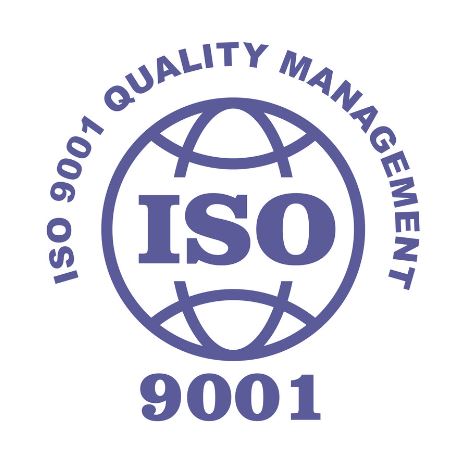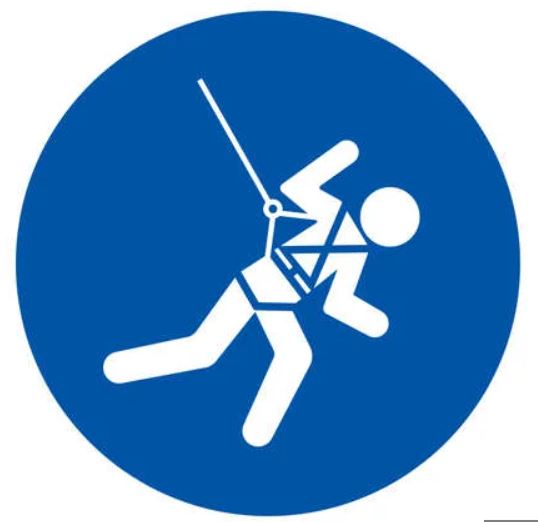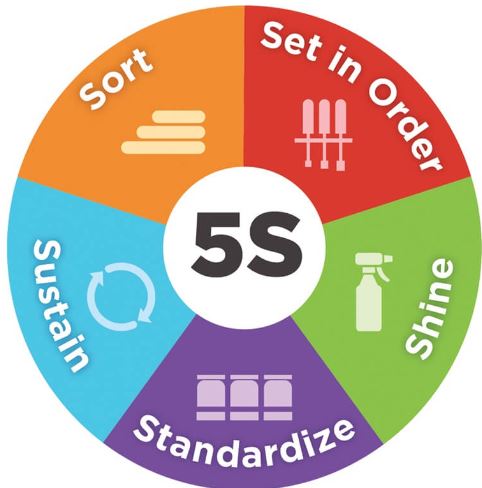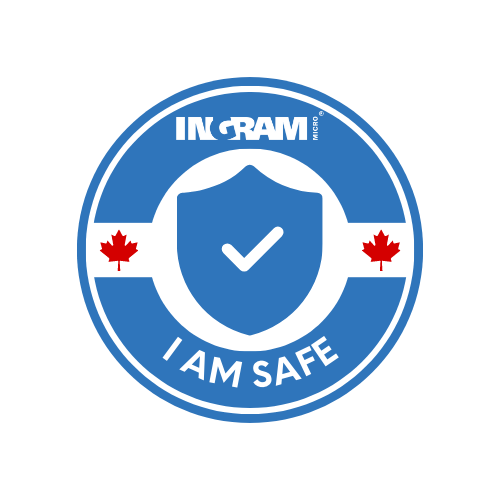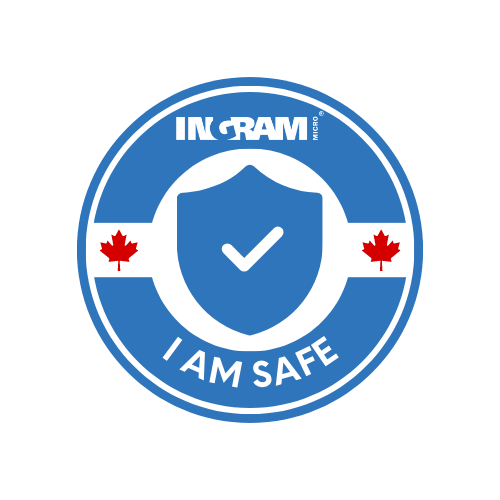Title Page
-
Site conducted
-
Conducted on
-
Prepared by
-
Location
- 88 Foster Crescent, Mississauga, ON
- 55 Standish Court, Mississauga, ON
- 7451 Nelson Road, Richmond, BC
-
LTL Audit
Pallet Building Quality Check
-
1. Use Grid label to verify the order # Pro #, Ship to, and Ship to Address
-
Describe Observed
-
2. Carefully place packages on designated pallets as per sort process - in correct Grid lane
-
Describe Observed
-
3. Confirm Grid # is written on back of BOL by pallet builder
-
Describe Observed
-
4. Confirm number of packages (cartons) on pallet matches BOL count
-
Describe Observed
-
5. Exceptions to carton count (less or more) on pallet; escalate to Area Lead for resolution
-
Describe Observation
-
6.Packages are labelled correctly, and labels are not damaged - TDG/Hazmat label visible (if applicable)
-
Describe Observed
-
7. Confirm packages are sealed correctly, no damages on boxes
-
Describe Observed
-
8. Ensure skid/pallet count on BOL matches physical count
-
Describe Observed
-
9. Ensure correct pallet is used (Chep pallets may be required)
-
Describe Observed
-
Please Note: Auditor to use QA stamp to indicate audit completion & sign BOL
-
Please Note: Once audit is successfully completed; Auditor placed signed BOL in corresponding Grid cone
Loading Quality Check
-
1. Validate the skids being loaded is to the correct trailer/carrier
-
Describe Observed
-
2. Load is placed in trailer with Grid labels visible to the side
-
Describe Observed
-
3. When truck is full, load sheet is completed by Area Lead and handed to Security
-
Describe Observed
-
4. Security hands load sheet to Carrier driver for validation of load and signature
-
Describe Observed
-
5. If truck is already loaded - ensure that the physical load in truck matches the Carrier (check shipping labels, BOL, etc.)
-
Describe Observed
-
6. Grid labels are placed correctly on pallets (front and back)
-
Describe Observed
Safety Behaviors
-
1. Pallets are in proper designated area and load is stable
-
Describe Observed
-
2. Pallet is in good condition and not damaged
-
Describe Observed
-
3. When applicable, use pallet jack correctly (pull with one arm, place safely under pallet and lock handle when not in use
-
Describe Observed
-
4. If a package falls out, let it fall - do not try to catch it
-
Describe Observed
-
5. Be aware of MO drivers moving in and out of area
-
Describe Observed
-
6. Bend at the knees, not at your waist when moving packages. Avoid twisting at waist. Nose over toes when moving packages
-
Describe Observed
-
7. Pallet height should be built as per customer requirements e.g.- HMMS - 6ft on 40x48 pallet and BBY 5ft or less etc.
-
Describe Observed
-
8. Pallets are built in a safe and secured manner to prevent load from falling - no overhanging boxes
-
Describe Observed
-
9. Load is secured on pallet with the right amount of shrink wrap
-
Describe Observed
-
10. No sitting/leaning over moving conveyor
-
Describe Observed
-
My signature below indicates the information on the audit is correct. Expectation is to maintain demonstrated pallet building accuracy.
-
Inspected By (Name and Signature)
-
Zone
-
Zone Name/Number#
Associate Quality Check
-
1. When picking more than 1 items from the bin, check UPC/VPN/SKUs and description to ensure that all the items picked are exactly the same
-
Describe Observed
-
2. Can identify/explain each vs case for products to be picked
-
Describe Observed
-
3. Multiple barcodes - covers barcodes not being scanned to prevent wrong barcode from scanning
-
Describe Observed
-
4. Performs 6 sided check on product for damages and place items securely in carton
-
Describe Observed
-
5. Never place product in adjacent bins trying to reach for another item to pick
-
Describe Observed
-
6. Leave bin organized and with UPC facing out
-
Describe Observed
-
7. Always take items found on the floor to the Specialist or Team Leader or Supervisor
-
Describe Observed
-
8. Associate easily identify and process damage products
-
Describe Observed
-
9. Associate scans correct Serial #
-
Describe Observed
-
10. Associate knows Damage process
-
Describe Observed
-
11. Associate understands Missing process
-
Describe Observed
-
12. Associate knows of, and knows how to use the Non-Conforming cart
-
Describe Observed
Zone Quality Check
-
13. Products properly fits in bin or on pallet ? No overhanging
-
Describe Observed
-
14. Bin Etiquette maintained? e.g., no multiple SKUs in the same bin
-
Describe Observed
-
15. Bin Etiquette maintained? e.g. no multiple open boxes of the same SKU in a bin
-
Describe Observed
-
16. SKU investigation form being completed as required- please audit the file (ask Supervisor for it)
-
Describe Observed
-
17. Product placed on Missing Hold being completed by Zone Supervisor
-
Describe Observed
-
18. Incorrect product - not for that bin or Zone being addressed immediately
-
Describe Observed
-
19. Zone Owner connects regularly with associates to engage and provide feedback
-
Describe Observed
-
20. IM ACCURATE completed for associates as required
-
Describe Observed
-
21.Non-Conforming Cart is organized and properly labelled? e.g. no overflow of excess products-evidence that it is cleared in a timely manner
-
Describe Observed
-
22.RTS Cart is organized and properly labelled? e.g. no overflow of excess products-evidence that it is cleared in a timely manner
-
Describe Observed
-
23. Bin/Location Etiquette Maintained? e.g. bin/pallet/shrink wrap overhanging in racking
-
Describe Observed
-
24. Area/Zone properly 5S and clearly labelled
-
Describe Observed
Navigation
-
25. Associates working in Zone moves at a consistent pace-display "Urgency"
-
Describe Observed
-
26. Takes shortest route from one bin location to another
-
Describe Observed
-
27. Spots aisles and bins in advance, using aisle markers, shelf separations, bin markers, and follows scanner screen to get to bin efficiently
-
Describe Observed
-
28. Understands how to read a product storage location (ask the associate to explain a bin location number)
-
Describe Observed
-
29. Able to quickly locate different aisles (Odd vs Even sequence) within the assigned Zone
-
Describe Observed
-
30. Knows where to go in case of assistance -Specialist/Team Lead/Supervisor/Manager
-
Describe Observed
-
31. Area is clean and bins organized in an ordely manner
-
Describe Observed
-
32. Aisles and walkways clean and clear - no garbage on floor
-
Describe Observed
-
33. Observe the "Stop" signs as applicable
-
Describe Observed
Safety Behaviors
-
34. Pause/Look/Go at intersections - No running in the Aisles
-
Describe Observed
-
35. Keeps two hands on the cart if applicable
-
Describe Observed
-
36. Uses a step stool to reach for high level bins if applicable
-
Describe Observed
-
37. 3 points of contact and one step at a time when going up or down the stairs
-
Describe Observed
-
38. If an item falls out of a bin, let it fall do not try to catch it
-
Describe Observed
-
39. Bend at the knees, not at your waist / Nose over toes when putting the carton on the conveyor
-
Describe Observed
-
40. Is associate focussed on task? e.g., No Horse-playing/ overly socializing in the aisles
-
Describe Observed
-
41. Emergency Exists free of Obstruction
-
Describe Observed
-
42. Garbage bins emptied regularly
-
Describe Observed
-
My signature below indicates the information on the audit sheet is correct. Expectation is to maintain Zone Quality Requirements at all Times
-
Inspected By (Name and Signature)
-
Supervisor (Name and Signature)
